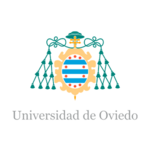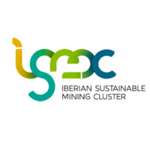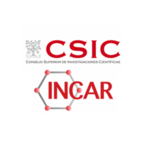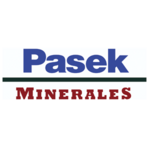CO2 Removal
Actions required to secure the large-scale deployment of the leading CDR approaches to meet EU climate targets
Background
The Glasgow Pact, established at COP26, expresses “alarm and utmost concern” that human activities have already caused around 1.1 C of global warming, and that the Earth’s remaining “carbon budget” consistent with 1.5 C is being “rapidly depleted”. It is now acknowledged that mitigation in the form of reduced Greenhouse gas (GHG) emissions will not be sufficient and delaying carbon dioxide (CO2) removal technologies (CDR) has been reported to “put climate targets at risk”. Active removal of atmospheric CO2 is necessary to compensate for unavoidable residual emissions.
The literature and technoeconomic reviews showcase a portfolio of CDR technologies with high potential in terms of CO2 removal capacity in the context of the EU’s targets for progress by 2030 and 2050 towards carbon neutrality. These include Afforestation and Reforestation (AR), Biochar, Soil Carbon Sequestration (SCS), Enhanced Weathering (EW), Ocean Fertilisation (OF), Bioenergy with Carbon Capture and Storage (BECCS) and Direct Air Carbon Capture and Storage (DACCS).
Nevertheless, in order to establish a functional, integrated and efficient CDR market, a range of methodological issues must be resolved. These include guarantees of origin, quality standards (e.g. quality management to ISO 9000), regulatory frameworks (e.g. for the demonstration of recovery of non-waste from waste - see Directive 2008/98 etc.), and the means of including CDR units in the EU ETS, or a separate European scheme.
Key Project
“Actions required to secure the large-scale deployment of the leading CDR approaches to meet EU climate targets” (C-SINK) is a 48-month HORIZON project funded by the European Commission Framework Programme for Research and Innovation (2021-2027) grants under grant agreement No 101080377.
The C-SINK project will utilise a broad portfolio of CDR technologies to provide the necessary impact to mitigate climate change. Its consortium has evaluated all of the CDR approaches in terms of their potentials for carbon offsetting, permanence, environmental and social impacts. and costs, drawing data from the partners’ own research and from the literature, and selected those that could have the highest global impact. The first target of that selection of technologies was to maximise CDR uptake through symbioses of actions by regulatory bodies and those industrial sectors that deal with soil (mining, land reclamation, agriculture), forestry, or energy (e.g. BECCS) so that the extra cost of CDR, to be compensated by carbon credits, could be reduced and therefore deployed at larger scale. The second target is to prove environmental benefits beyond CDR.
C-SINK comprises an interdisciplinary consortium made up of technological, CO2 footprint accounting, legal, social, technoeconomic & environmental partners.The multidisciplinary group of the C-SINK consortium includes 7 research institutes (Fundacion ICAMCYL - Coordinator, University of Edinburgh, Spanish National Research Council, KU Leuven, University of Oviedo, Stockholm Environment Institute and Middle East Technical University), 14 SMEs, 1 cluster and 2 legal entities from 9 EU countries (Spain, Ireland, Belgium, Slovakia, Greece, Netherlands, Sweden, Estonia, and Portugal), the UK, and Turkey.
CO2 Removal Helix
The CO2 Removal Helix is an international Open Innovation community of specialists in the area of CDR approaches to meet EU climate targets. The Helix was launched as a driver focus for impact, exploitation and dissemination services in support of the C-SINK project's ambition to develop a full system for CDR technologies but also the development of policy, regulation and accountancy frameworks, based on robust Monitoring, reporting and verification (MRV) methodology and environmental, social and governance (ESG) measures. These will create the investment conditions that are necessary for CDR to prosper as a sustainable business.
Funded by the European Union. Views and opinions expressed are however those of the author(s) only and do not necessarily reflect those of the European Union or CINEA. Neither the European Union nor CINEA can be held responsible for them. This project has received funding from the European Commission Framework Programme for Research and Innovation (2021-2027) grants under grant agreement No 101080377.




















